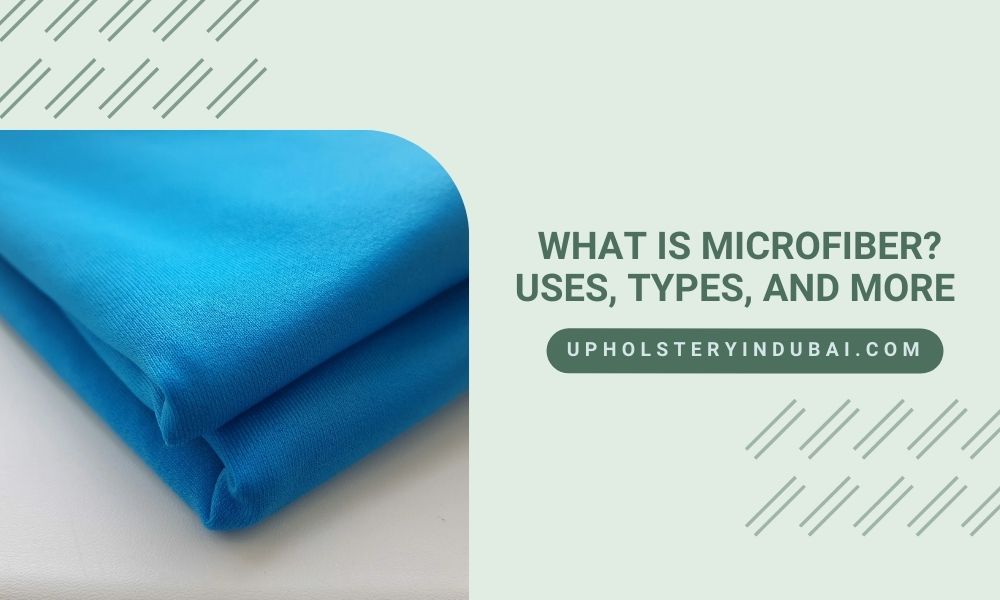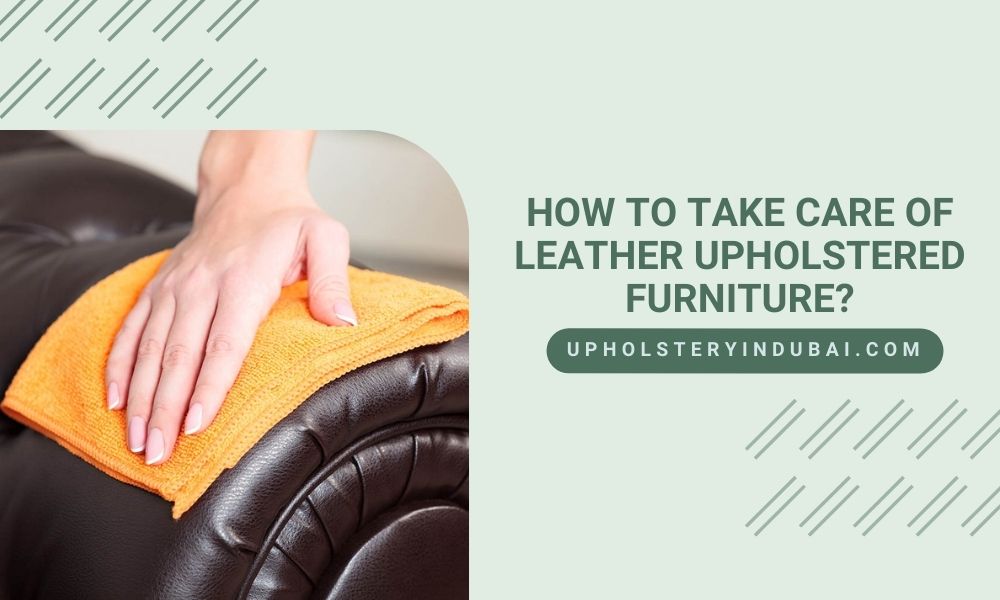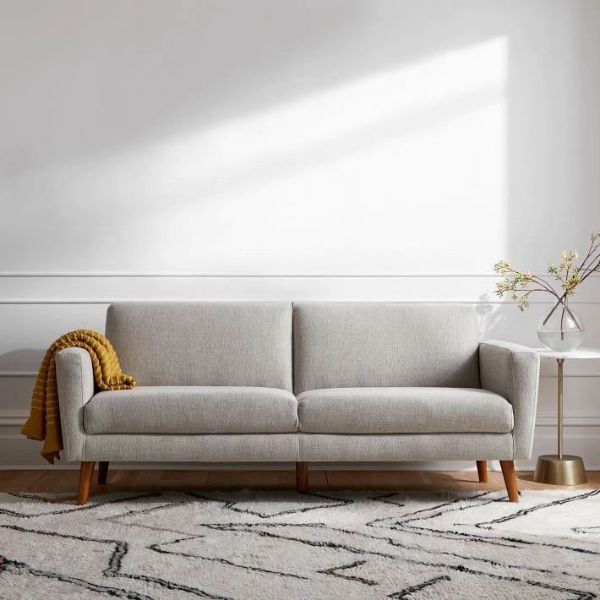It may seem impossible to patch a large hole in leather or vinyl upholstery. However, you may restore your upholstery to like-new condition by using the right tools, materials, and techniques. The detailed directions in this article by Upholstery in Dubai, will walk you through each step of how to patch or mend a large hole in leather or vinyl upholstery.

Required Materials
-
Patch Material
A piece of leather or vinyl that complements the tone and texture of your upholstery is required. You can frequently discover fabric store leftovers or recycle used leather items like bags or coats.
-
Scissors
To cut the patch material to the proper size and shape, sharp scissors are a required.
-
Craft Knifes
If you are working with complex forms, a craft or utility knife will help you make clean cuts.
-
Contact Cement
A firm bond requires premium contact cement made for leather and vinyl repairs.
-
Backing Material
You might want a backing material to strengthen the patch, depending on the size of the hole. This could be a scrap of fabric or a patch fashioned from the upholstery.
-
Tweezers
These might help place little pieces precisely and manage small ones.
-
Clean Cloth And Mild Detergent
It can used to clean up the region around the hole.
-
Sandpaper
To smooth the edges of the holes and the patch, use sandpaper with a fine grain (around 220 grit).
-
Paint And Brushes
If you are poaching vinyl, you might require vinyl paint in the appropriate color and small brushes for touch-ups.
-
Wax Paper
Use wax paper to stick the patch to your workspace or your equipment.
Safety Precautions
- To prevent inhaling adhesive fumes, work in a well-ventilated location.
- Put on gloves to shield your hands from glue and cutting implements.
- Keep all supplies and equipment out of the reach of the kids and animals.
Step-By-Step Repair Process
Make sure the hole and its surroundings are clean and debris-free before beginning.
Step 1: Preparer The Hole
- With scissors or a crafts knife, trim any frayed or slack edges that are present around the hole. The patch will have a spotless, level surface as a result.
- To strengthen the repair, if the hole is more than an inch in diameter, you might want to add a backing material. Contact cement is used to firmly attach the backing material after cutting it to fit inside the hole.
- Align the patch material with the texture or pattern of the surrounding area and place it over the hole. For a solid bond, make sure to add an extra material on both sides to cover the hole.
Step 2: Cut The Patch
- Use a pencil or piece of chalk to draw the patch’s outline on the upholstery.
- Cut the patch material with scissors or a craft knife along the outlines after removing it.
Step 3: Apply Contact Cement
- Contact cement should be applied evenly and thinly to the patch as well as the surrounding region. Be sure to adhere to the drying time recommendations provided by the manufacturer.
- To keep any extra glue from sticking to your work surface, place wax paper under the hole.
- Place the patch over the whole carefully and press it down firmly after the cement is sticky to the touch (typically after around 10-15 minutes). If tweezers are required for exact placement, use them.
Step 4: Smooth And Bond The Patch
- To remove any air bubbles and wrinkles in the patch, use a clean, flat object like a credit card or a bone folder. Starting in the middle, move outward.
- To ensure a solid binding between the patch and the upholstery, apply heavy pressure. To press the patch firmly down, use a rubber mallet or a roller.
- Follow the manufacturer’s advised drying time and allow the glue to cure completely. Be patient, this could take several hours.
Step 5: Shape The Patch
- Use a craft knife or scissors to remove any extra patch material after the adhesive has completely cured, producing a smooth and neat repair.
- To help the patch blend into the upholstery, lightly sand the patch’s edges and the surrounding area with fine-grit sandpaper. This will contribute to a seamless transition.
- The color may need to be touched up using vinyl paint if you are working with vinyl. Using little brushes, carefully apply the paint on the patch while mixing it to the upholstery’s color.
- To remove any leftover glue or debris, wipe the repaired area with a clean, moist cloth.
- To keep leather upholstery’s suppleness and sheen after repairs, think about coating the entire item with leather conditioner. Pay attention to the application guidelines on the product.
Additional Tips to Repair Hole in Leather or Vinyl Upholstery
- To make sure they won’t harm the upholstery or stain it. Always try the patch material and adhesive on a small, discrete area of it first.
- Consider getting professional assistance for a more seamless repair if the hole is in a location that will be seen by many people or if the upholstery has a complicated design.
- Let the drying process take its time. A solid and long-lasting repair requires enough drying time.
- When using any specific item make sure to follow the manufacturer’s instructions because different adhesives and patches may have different needs.
Conclusion
Patching a large hole in leather and vinyl upholstery may be a satisfying do-it-yourself effort, although it needs patience and attention to detail. With the appropriate supplies and methods, you can increase the lifespan of your upholstery.








